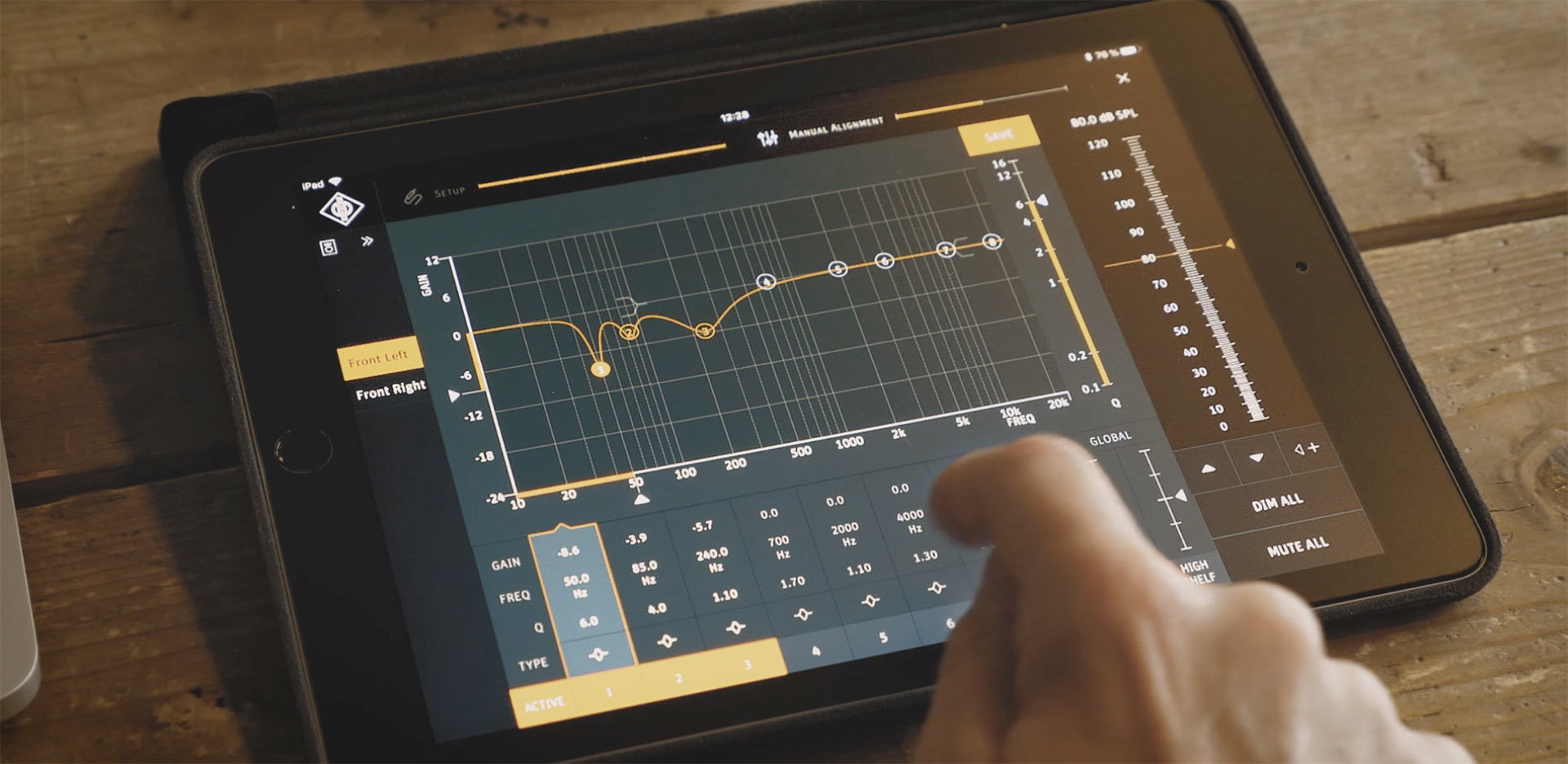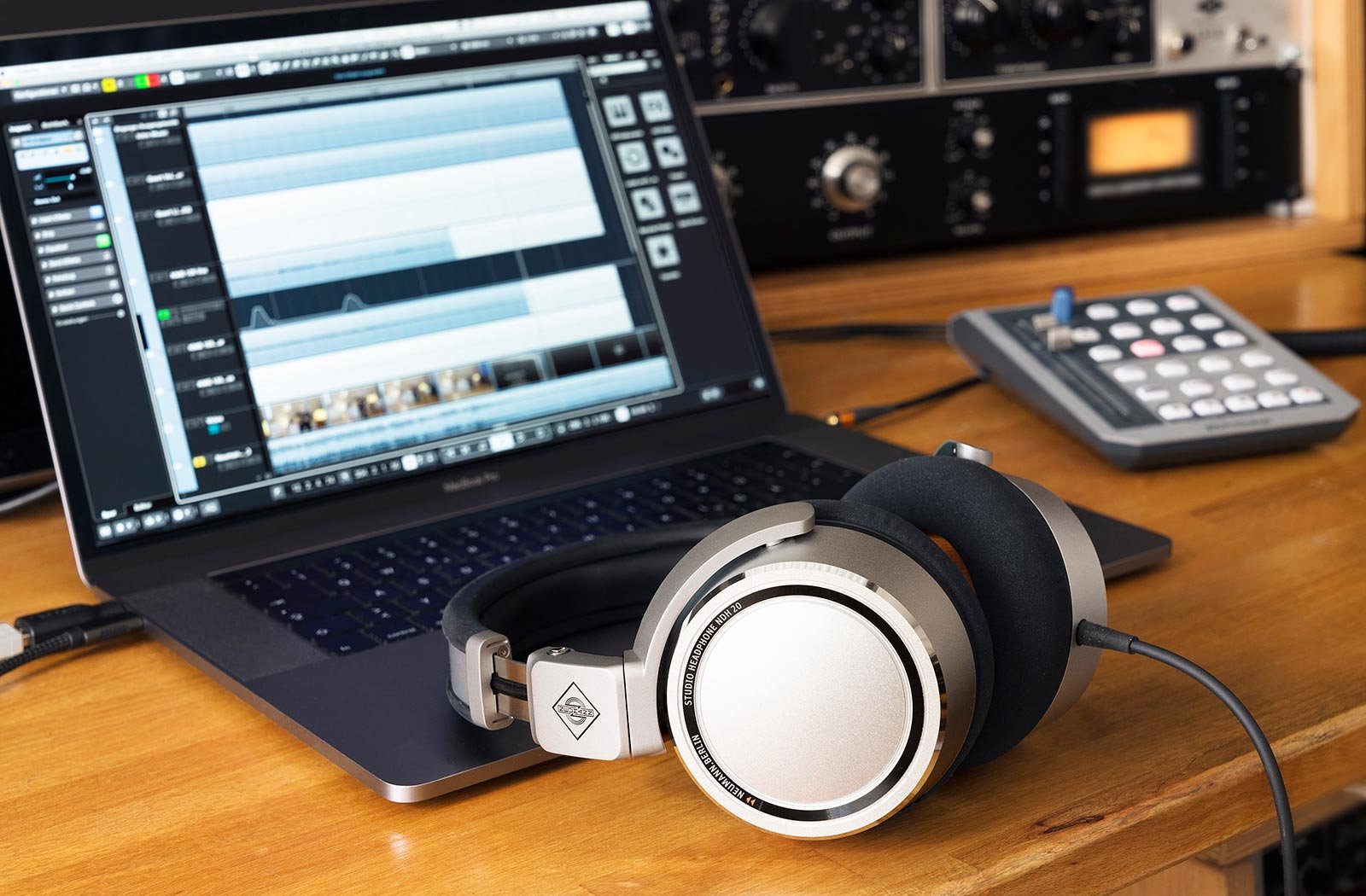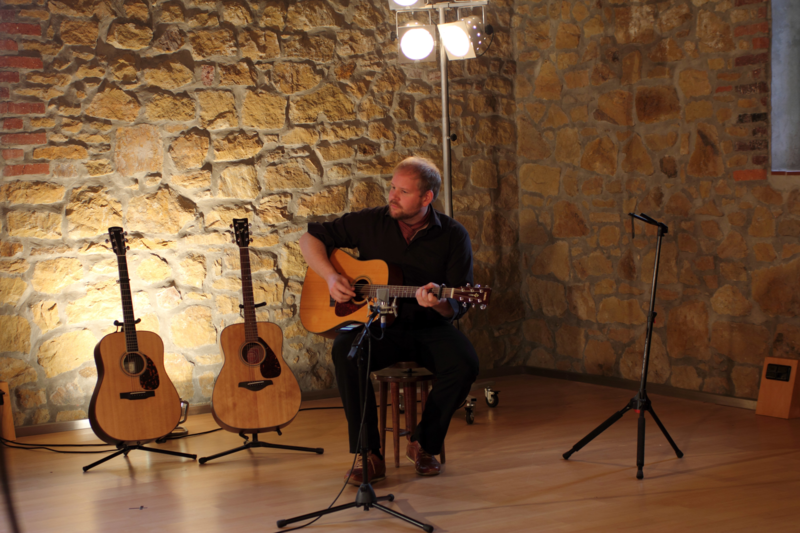WHAT ARE THE ACOUSTIC REQUIREMENTS FOR RECORDING AND MIXING?
In your home studio, you usually have only one room for recording and mixing. Still, it’s good to know what a live room and a control room ideally should sound like because the acoustic requirements for tracking and mixing are vastly different.
WHAT MAKES A GOOD LIVE ROOM?
A live room or tracking room should have sound characteristics that complement and enhance the sound of the instruments recorded there. It should have a kind of ambience that pleases the ear, that inspires, that “carries” your voice or instrument. The legendary engineer Bruce Swedien calls this “acoustic support.” It’s the same phenomenon that makes you want to sing in the shower, because the sound reflections coming off the hard tiles make your voice big and airy. A good tracking room, therefore, should not sound “dead” but “live”.
However, not all sound reflections are pleasing. A short echo, for instance, often sounds distracting, because it’s hard for the ear to differentiate between the original sound and its echo. The kind of very short echoes that occur in small rooms also create unwanted comb filter effects, which make the sound thin and washed out. What we want instead is an intricate, dense pattern of sound reflections; a sort of “cloud” that the original signal floats upon. Some live rooms in famous studios sound so good, you can’t stop clapping your hands for the sheer pleasure of hearing the reverb. Not because the decay is impressively long – it’s usually around 1.5 seconds – but because it sounds so dense and is free of any low frequency build-up.
Creating a great sounding live room is an art and a science. Studio owners often hire specialists who have the necessary knowledge and experience to place sound absorbing and reflecting materials in the right positions to create just the right amount of reverb with an even decay across the entire frequency spectrum.
CONTROL ROOMS AND MIX ROOMS
The control room is where the mixing desk is located. Usually there’s a window to the live room for visual contact. Traditionally, the control room is also the place where the record will be mixed later on, but some studios have additional mix rooms without access to a live room. The acoustic requirements for control and mix rooms are essentially the same. In either case, we want a room that adds no sound of its own so we can listen to the recorded material without any coloration. There are various philosophies to achieve this, but the most common way to come close to the ideal of a “non-sound” is to reduce sound reflections as much as possible. The result is a very dry, almost “dead” sounding room with no apparent reverb.
The main difficulty in constructing a transparent listening environment lies in reducing sound reflections at all frequencies equally. It’s quite easy to treat reflections in the upper and mid frequencies; this is usually done by covering a large part of the walls with so-called broadband absorbers. It’s much harder to reduce sound reflections in the low frequencies. One reason being the size and geometry of the room. Rooms of usual proportions tend to produce resonances also known as “modes” in the area of 30–200 Hz. Without any treatment, it would be very hard to judge the bass content of any recording. Broadband absorbers can take care of low frequency reflections, too, but they’d have to have a thickness of at least 30 cm (12 inches) in order to be reasonably effective. Another strategy is to use dedicated “bass traps”, which are usually placed in the room corners where the bass build-up is greatest.
VOCAL AND ISOLATION BOOTHS
Most recording studios also have a dedicated vocal booth. Those are small recording rooms, but unlike the main room, a vocal booth is treated with sound absorbing materials to create a dry sound. That’s because many producers and artists, these days, prefer an “in-your-face” vocal sound without any reverb or room ambience. Some singers like the intimacy of a vocal booth, others hate the feeling of being cut off in a “closet”. The latter often end up recording their vocals in the control room, which sounds equally dry.
Isolation booths for instruments are usually not used to create a particularly dry sound but for separation. When the whole band is recorded at the same time, it’s often better to place the bass and guitar amps in isolation booths to avoid spill in the drum microphones.
So that’s how the pros produce their records. In the next episode we’ll look at ways to improve the room acoustics in your home studio.

Monitoring & Room Acoustics (4)
Basic monitoring setup

Monitoring & Room Acoustics (5)
The easiest way to get a better sound

Monitoring & Room Acoustics (6)
Do I Need a Dedicated Headphone Amplifier?


